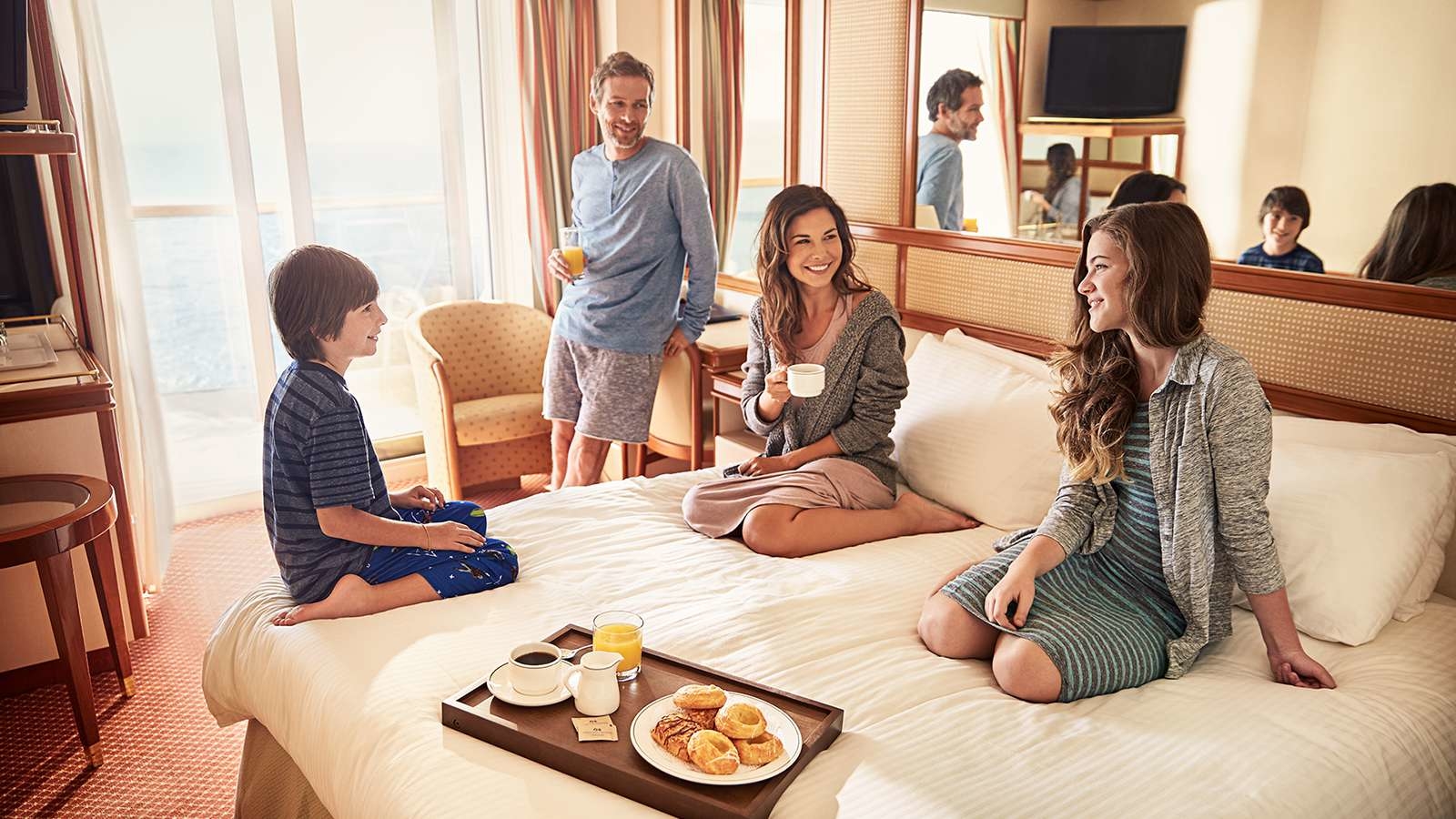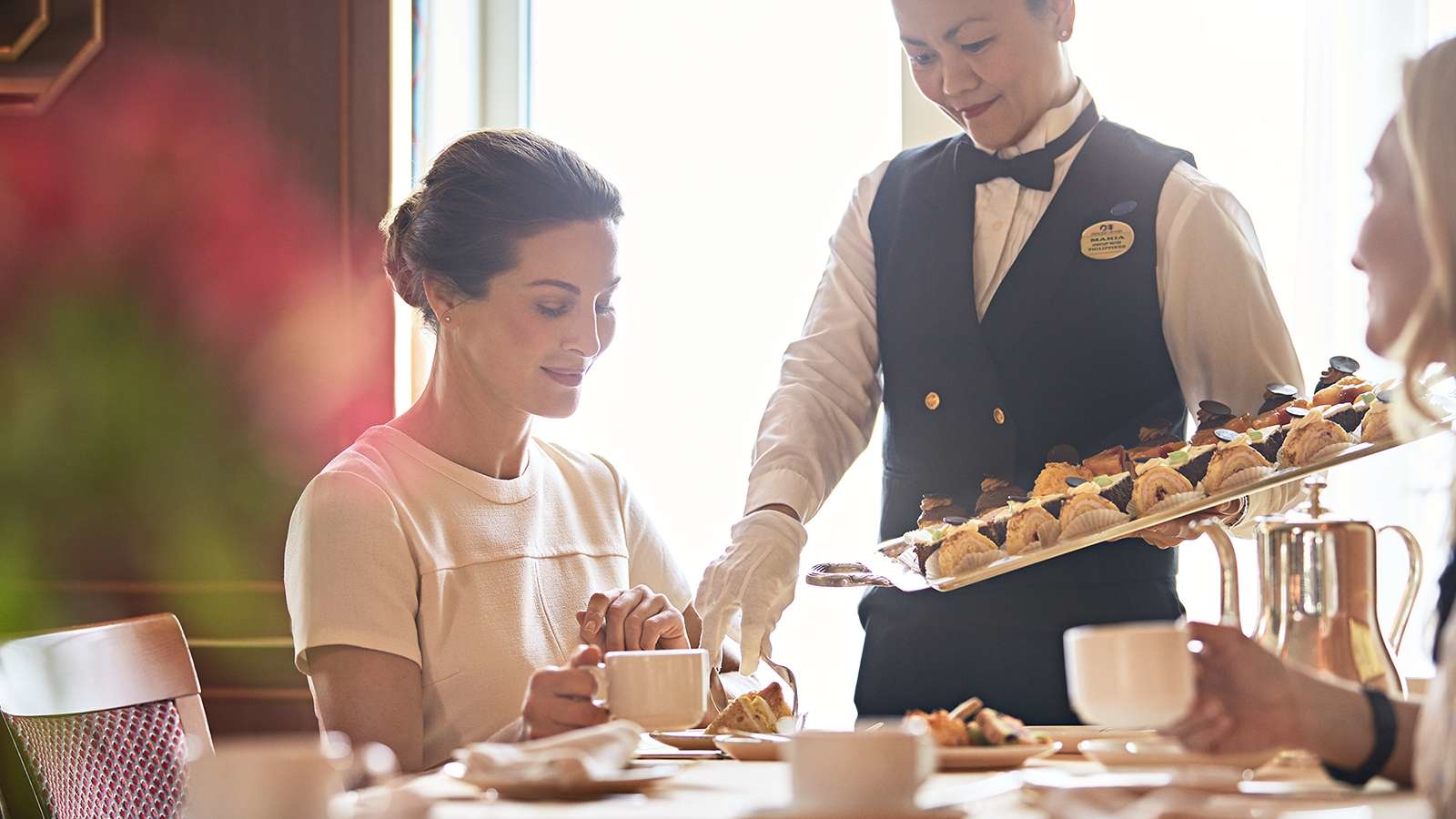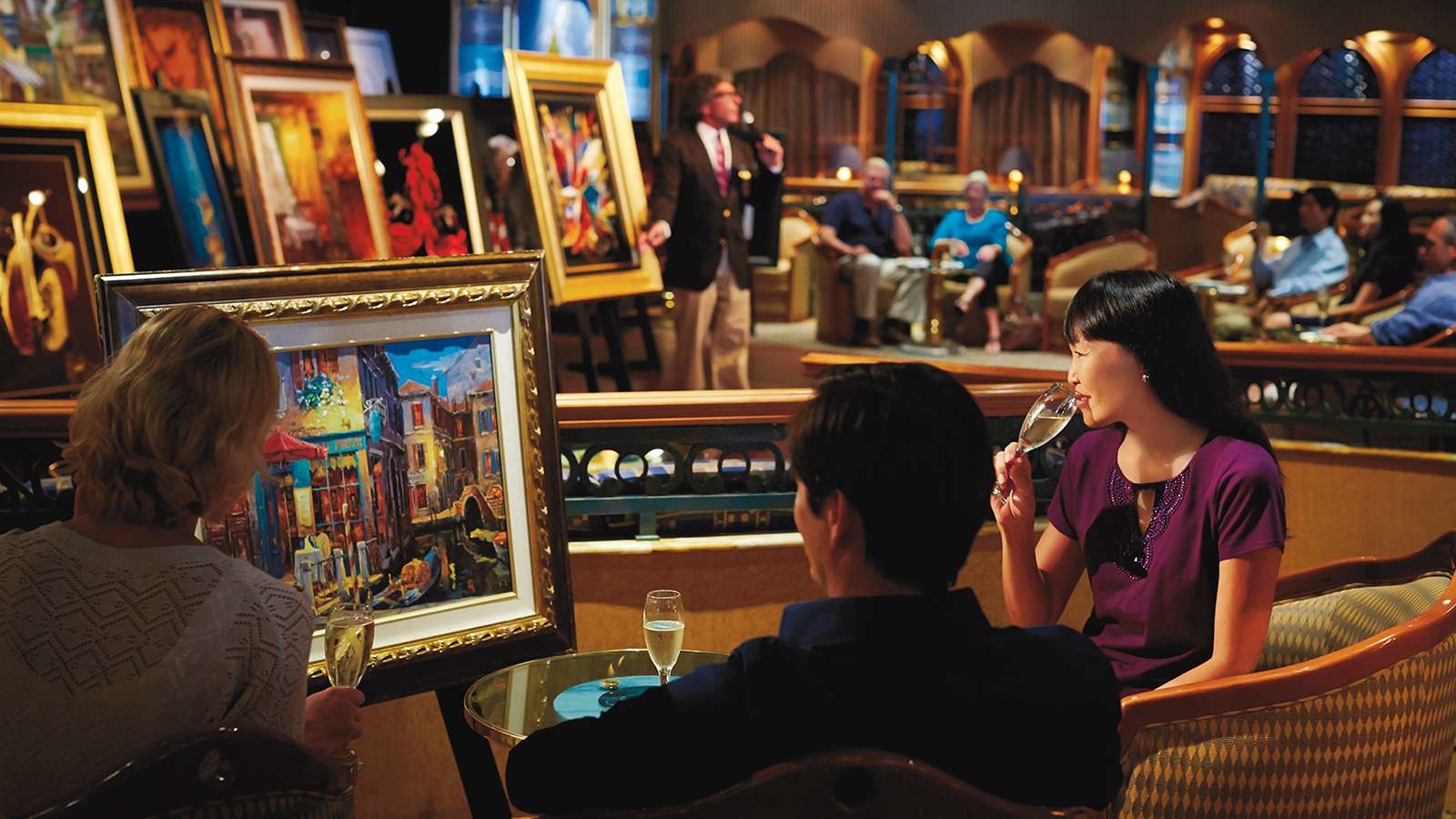Please complete the form below



It seems unlikely that a character named “Gassy Jack” Deighton would be responsible for one of the most beautiful cities on the continent. But that’s history for you.
During the gold rush, Gassy Jack saw a chance to make money from the hordes of miners on their way to the Yukon. The saloon he built became the focus of the shanty town known as Gastown. From that ragtag group of shacks, modern Vancouver was born. The provincial government persuaded settlers to change the name of the town to Vancouver, after Captain George Vancouver, who sailed the region’s waters in 1792.
Canada’s third-largest city, Vancouver is a cosmopolitan place with a European feel and a personality all its own. It’s a community with a rich ethnic mix – including the second-largest Chinatown in North America – and stunningly beautiful parks.
In 1880, it was slow going for Joe Juneau and Richard Harris as they searched for gold with the help of Native guides. After climbing mountains, forging streams and facing countless difficulties, they found nuggets “as large as beans.”
From their discovery came three of the largest gold mines in the world. By the end of World War II, more than $150 million in gold had been mined. Eventually the mines closed, but the town Joe Juneau founded became the capital of Alaska and the business of gold was replaced by the business of government.
Some 30,000 people live in Juneau. Its total area makes it one of the biggest towns, in size, in the world. Only Kiruna, Sweden, and Sitka, Alaska, exceed Juneau’s 3,248 square miles.
Today Juneau is famous not only for gold and government but also for its breathtakingly beautiful glaciers and stunning views of both water and mountains.
Skagway was the gateway to the gold fields for the thousands who flocked to Alaska and the Yukon with the hope of striking it rich. Skagway may have boasted the shortest route to the Klondike, but it wasn’t the easiest.
Over 100 years ago, the White Pass route through the Coast Mountains and the shorter but steeper Chilkoot Trail were used by countless stampeders. Many a would-be miner perished on the treacherous Chilkoot Trail.
The gold rush was a boon and by 1898, Skagway was Alaska’s largest town with a population of about 20,000. Hotels, saloons, dance halls and gambling houses prospered. But when the gold yield dwindled in 1900, so did the population as miners quickly shifted to new finds in Nome.
Today, Skagway has less than 1,000 residents. It still retains the flavor of the gold rush era.
Ketchikan is known as Alaska’s “First City” because it’s the first major community travelers come to as they journey north. Located on an island, Ketchikan began life as an Indian fishing camp. The name Ketchikan comes from a Tlingit phrase that means “eagle with spread-out wings,” a reference to a waterfall near town.
In the early 1900s, when gold was Alaska’s claim to fame, fishing and timber industries were established in Ketchikan. The growth of these industries helped make this Inside Passage port Alaska’s fourth-largest city.
Visitors to Ketchikan will be intrigued by its rich Native heritage, which includes the world’s oldest collection of totem poles at Totem Heritage Center. The Haida, Tlingit and Tsimshian are all a part of the city’s colorful history. Ketchikan, with its abundance of salmon, is also a sportfishing paradise. Sightseers will be impressed with both the scenic town and its surroundings, especially Misty Fjords National Monument.
It seems unlikely that a character named “Gassy Jack” Deighton would be responsible for one of the most beautiful cities on the continent. But that’s history for you.
During the gold rush, Gassy Jack saw a chance to make money from the hordes of miners on their way to the Yukon. The saloon he built became the focus of the shanty town known as Gastown. From that ragtag group of shacks, modern Vancouver was born. The provincial government persuaded settlers to change the name of the town to Vancouver, after Captain George Vancouver, who sailed the region’s waters in 1792.
Canada’s third-largest city, Vancouver is a cosmopolitan place with a European feel and a personality all its own. It’s a community with a rich ethnic mix – including the second-largest Chinatown in North America – and stunningly beautiful parks.

Your culinary journey at sea reaches new heights with an abundance of fresh restaurant choices and dining options aboard Emerald Princess. From revitalized top deck venues like Salty Dog Grill, Slice Pizzeria and Coffee & Cones to brand new casual restaurants Steamers Seafood and Planks BBQ there’s something for every palate. Let the kids play, explore, huddle and create at the newly re-imagined Camp Discovery Youth & Teen Centers and unwind at the refreshed Sanctuary, a tranquil haven reserved for adults.
The Interior stateroom is approximately 162 to 182 square feet and richly appointed with fine amenities. Some also have pullman beds to accommodate 3rd and 4th passengers.
These features and fine amenities are standard in the Interior stateroom:
Twin beds convertible to a queen-size bed.
Private bathroom with shower.
Shampoo, conditioner, body lotion.
100% Egyptian cotton linens.
Satellite TV, refrigerator, hair dryer, safe, closet, phone and desk.
110V AC electrical outlet with U.S. plug fittings.
Daily housekeeping service.
Nightly turn-down service.
The Oceanview stateroom is approximately 179 square feet and features a picture window for memorable views. The Oceanview stateroom is richly appointed with fine amenities. Some also have pullman beds to accommodate 3rd and 4th passengers.
These features and fine amenities are standard in the Oceanview stateroom:
Picture window.
Twin beds convertible to a queen-size bed.
Private bathroom with shower.
Shampoo, conditioner, body lotion.
100% Egyptian cotton linens.
Satellite TV, refrigerator, hair dryer, safe, closet, phone and desk.
110V AC electrical outlet with U.S. plug fittings.
Daily housekeeping service.
Nightly turn-down service.
The spacious approximately 231-square-foot Balcony stateroom is appointed with fine amenities and outstanding views from an approximately 45-square-foot private balcony. Some staterooms also have pullman beds to accommodate 3rd and 4th passengers.
These features and fine amenities are standard in the Balcony stateroom:
Balcony with patio furniture
Twin beds that convert to a queen-size bed*
Private bathroom with shower
Shampoo, conditioner, body lotion
100% Egyptian cotton linens
Satellite TV, refrigerator, hair dryer, safe, closet, phone and desk
110V, 60-cycle alternating current (AC) with standard U.S. plug fittings
Daily housekeeping service
Evening bed turn-down, chocolates on your pillow
*Due to some cabin configurations, the two twin beds may not convert to a queen size bed.
Premium accommodations and luxurious appointments are the signature of our expansive 319 to 730-square-foot Suites. Suite staterooms include a spacious cabin and large 114 to 181-square-foot balcony, along with special suite-only benefits. All Suites include a separate seating area with a sofabed, walk-in closet, full bathroom and deluxe amenities.
These features and deluxe amenities are standard in a Suite stateroom:
Separate seating area with a sofa bed.
Upgraded balcony furniture with room for four: two comfortable loungers, a table and two chairs.
Complimentary mini-bar set-up.
Walk-in closet with personal safe.
Comfortable luxury pillow-top mattress.
Twin beds that convert to a queen-size bed.
100% Egyptian cotton linens.
Upgraded bathroom amenities and hair dryer.
Two flat-panel satellite TVs.
Evening bed turn-down, chocolates on your pillow.
Refrigerator.
Writing desk and phone.
110V, 60-cycle alternating current (AC) with standard U.S. plug fittings.
Daily housekeeping service.
Enhanced nightly turn-down service.
A host of other benefits and amenities.
Please complete the form below